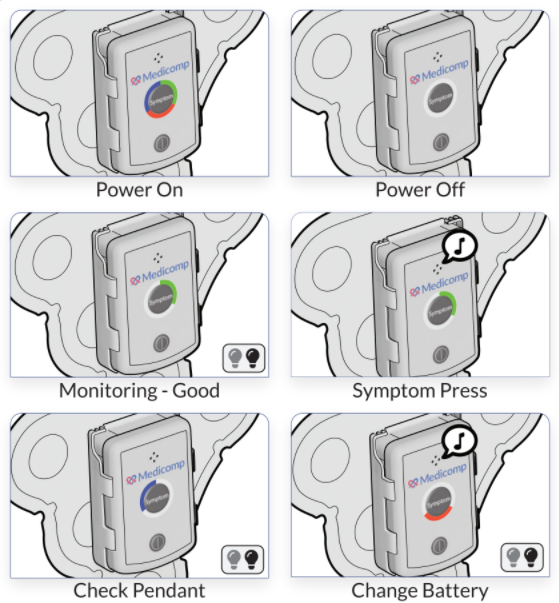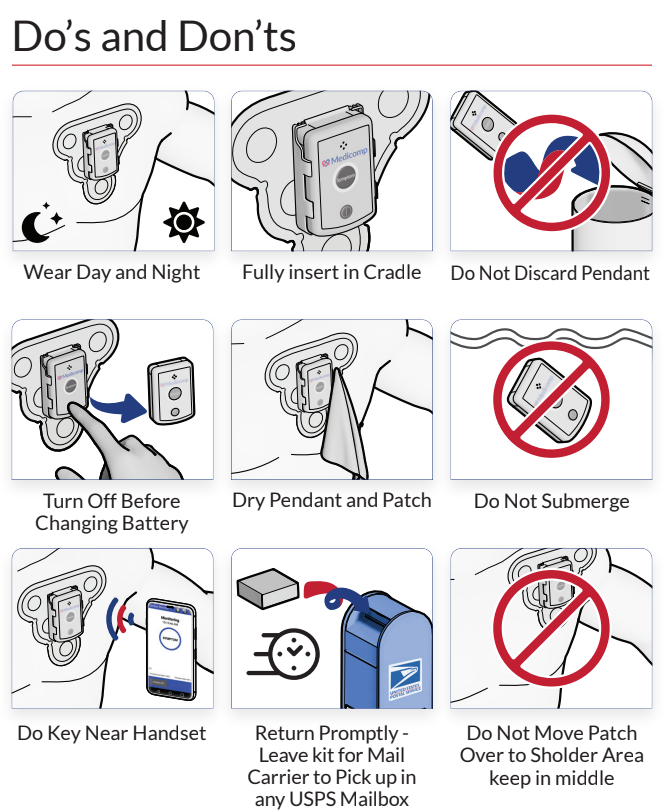People suffering certain heart conditions or people at risk of suffering heart disease after events like surgery are often given a Holter monitor by their doctor. Holter monitors are small electronic devices that patients take home with them for a 24-72 hour period. During this time, they go about their daily activities while the device records the electrical signals of their heart.
Holter monitors look for:
- Arrhythmias that occur intermittently or during certain daily activities
- Symptoms of possible heart disease such as chest pain and fainting
- Patterns of low blood flow indicating a weak artery
- Signs that indicate the effectiveness or ineffectiveness of treatment–from medication or a pacemaker
Basically, Holter monitors try to catch things that may not present themselves during a visit to the doctor’s office, especially if they only occur during certain activities like working out at the gym.
Patients shouldn’t expect much from a Holter monitoring session. They will be in possession of a small battery operated tape recorder that will be wrapped around the waist or chest and hooked up to monitors that are placed on specific areas of the chest. Once everything is set up, they will go about their regular activities until they return the device to their doctor. After the patient’s allotted time is up, the doctor will compare the readings from the monitor with the activities done at the time to determine if there is anything wrong.
While wearing the monitor, patients should:
- Be thorough in their journal entries to ensure accuracy
- Position themselves while they sleep to avoid pulling the electrodes off
- Wear loose fitting clothing that will not rub on the electrodes
After the session is complete, the doctor will let them know the results and what, if any, further action needs to be taken.
To learn more about Holter monitoring devices, contact ReactDx Inc. today. Have you ever worn a Holter Monitor? What advice would you give first time wearers? Share this post and your experience. We’d love to share it with our followers.



